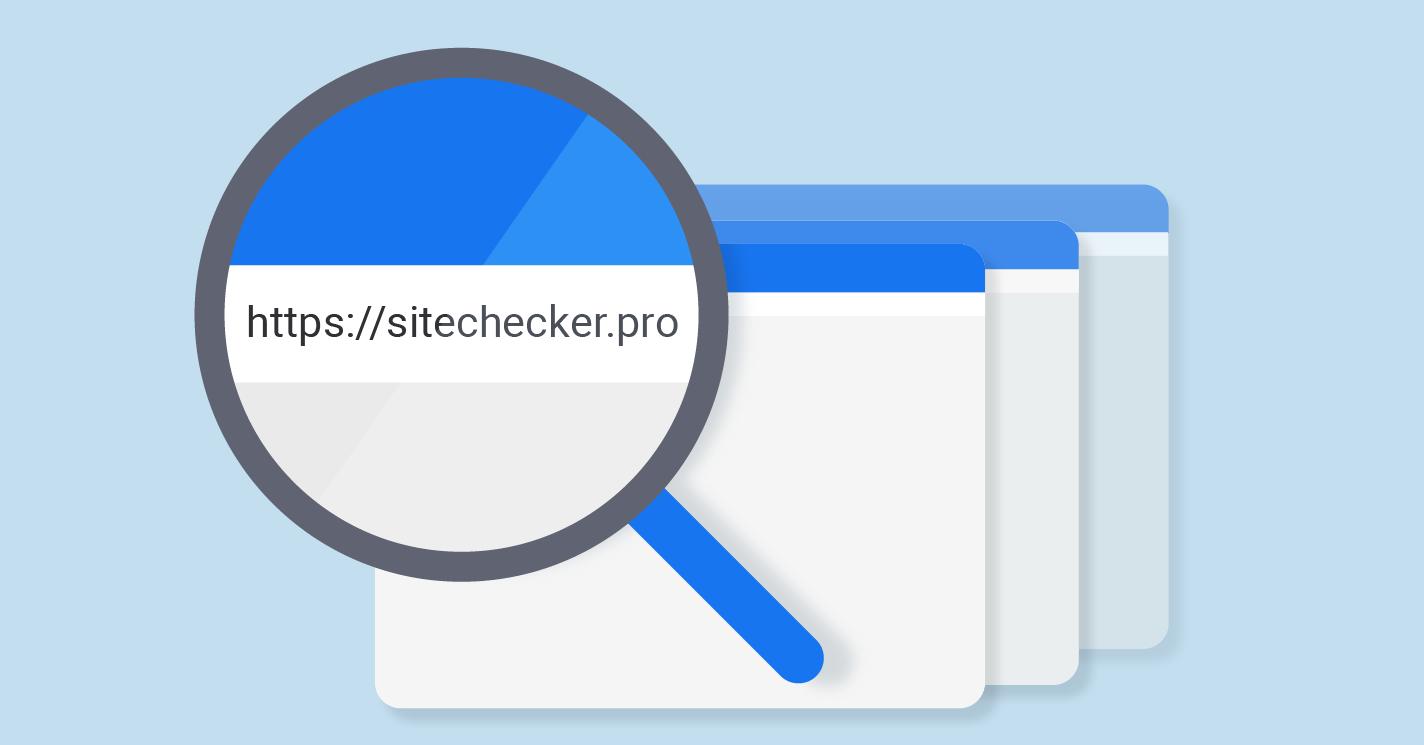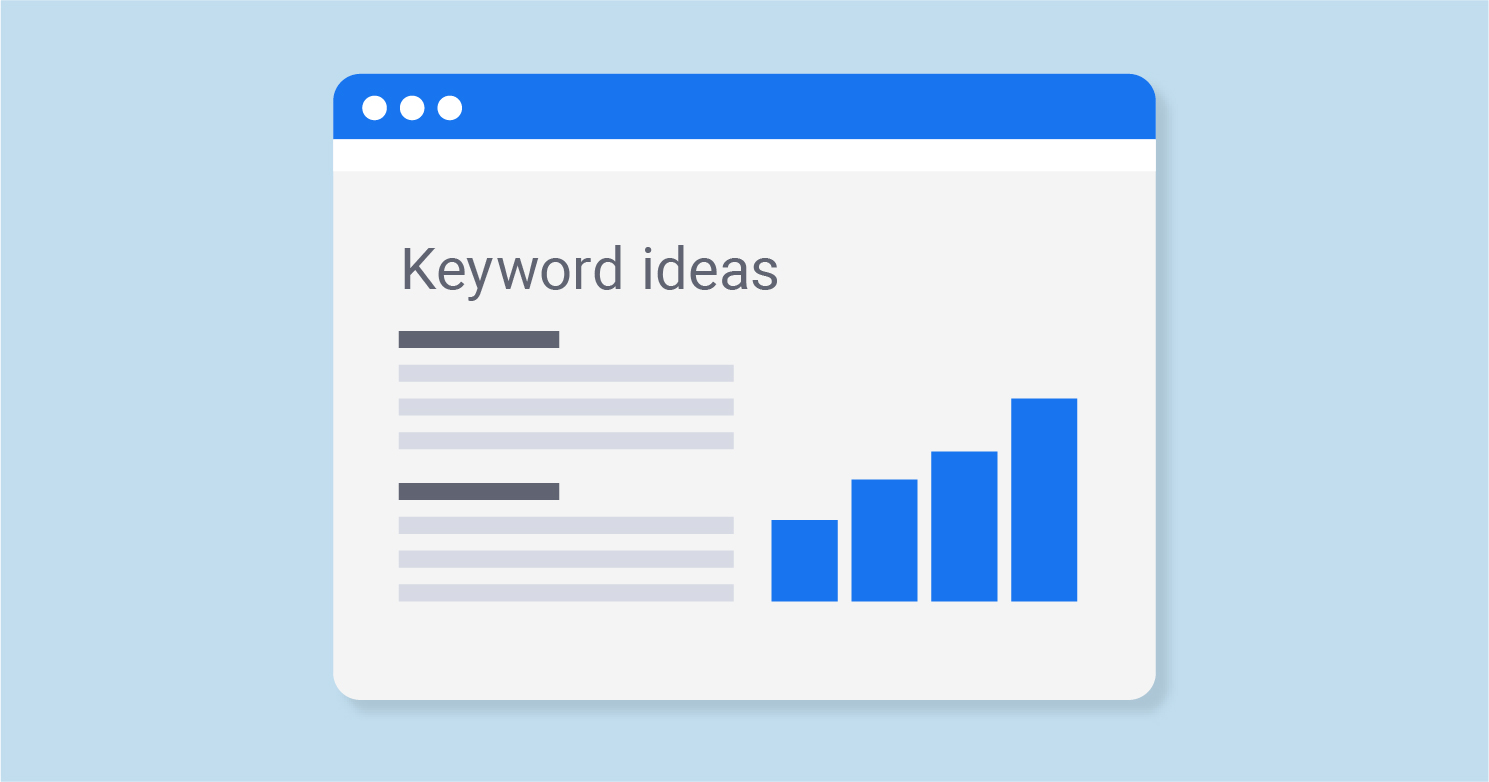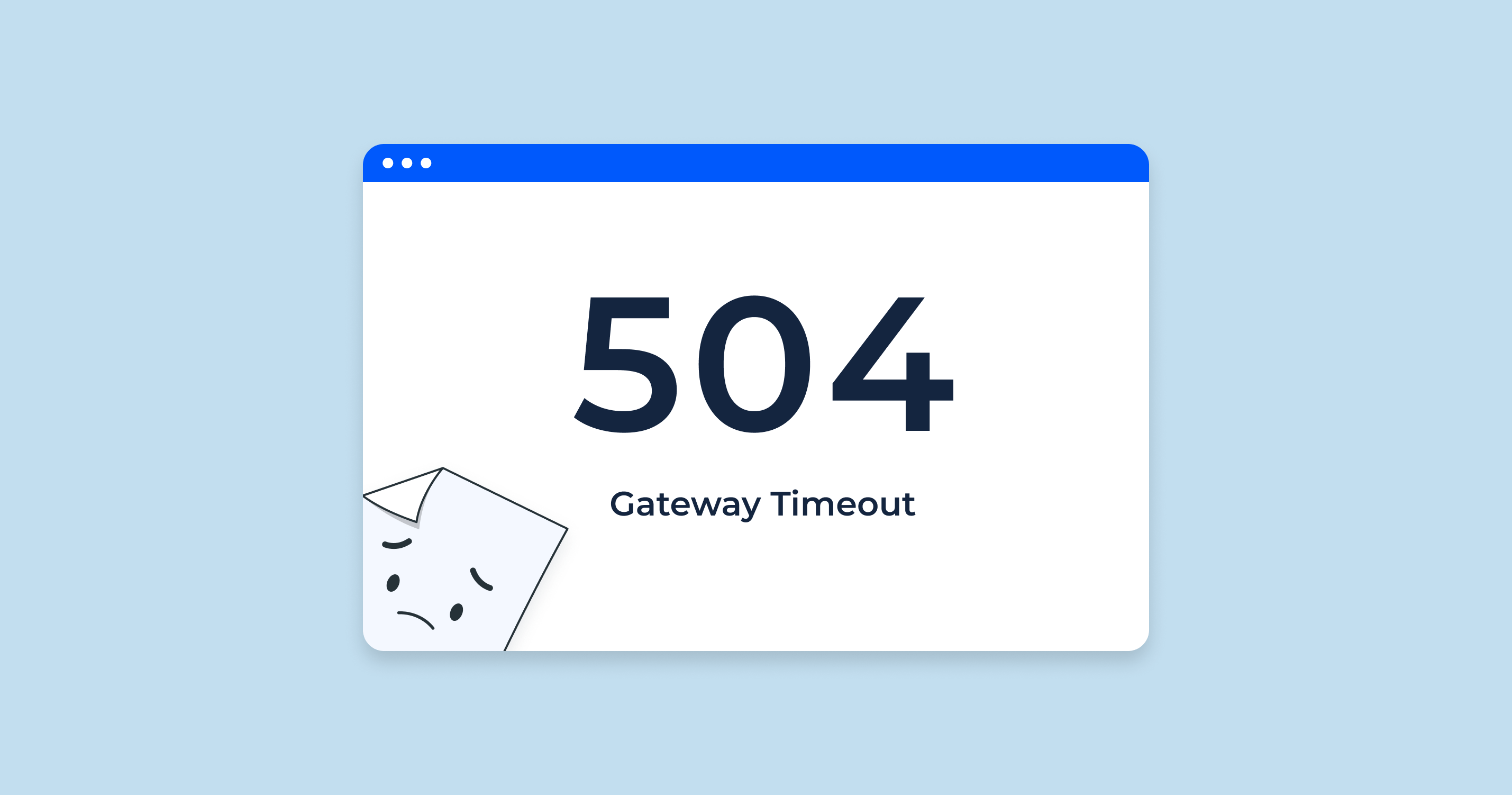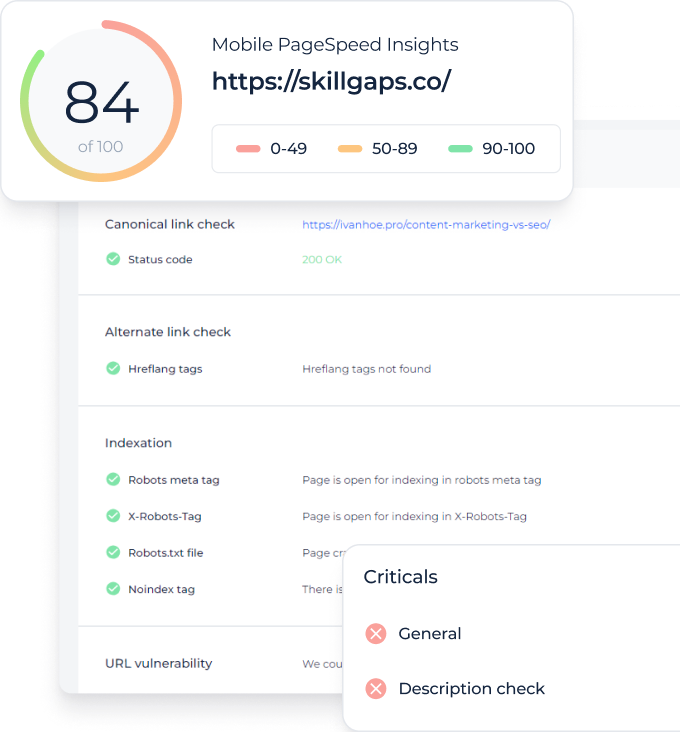What is a URL
URL (or URL-address) is a special form of individual address of a certain resource on the Internet. It can refer to the website, some particular document, or an image. The Internet user just needs to insert this code into the location bar to find the needed website, document, folder, or image. In plain language, it means the following: due to the URL address, the user gets information about where the needed information is located.
What does URL stand for? URL is an abbreviation that stands for the term Uniform Resource Locator. It contains a link to the server which is a storage of the searched resource. In general, URL meaning is the track from the server to the final gadget (which is a platform of the user’s work) that can be illustrated rather simply. The upper element is the resource server, the lowest one – the user’s device. All the points in between the two are additional servers. A URL is also a specific type of Uniform Resource Identifier (URI).
Detect non-friendly URLs
Crawl your website and find out all not SEO friendly URLs.
URL Structure
URL address has a determined structure which includes:
- method of access to the resource that is also named the network protocol;
- access authorization;
- hosts – DNS address that is inscribed as IP address;
- port – one more obligatory detail included in combination with IP address;
- track – determines the information about the method of gaining access;
- parameter – the internal information of resources about the file.
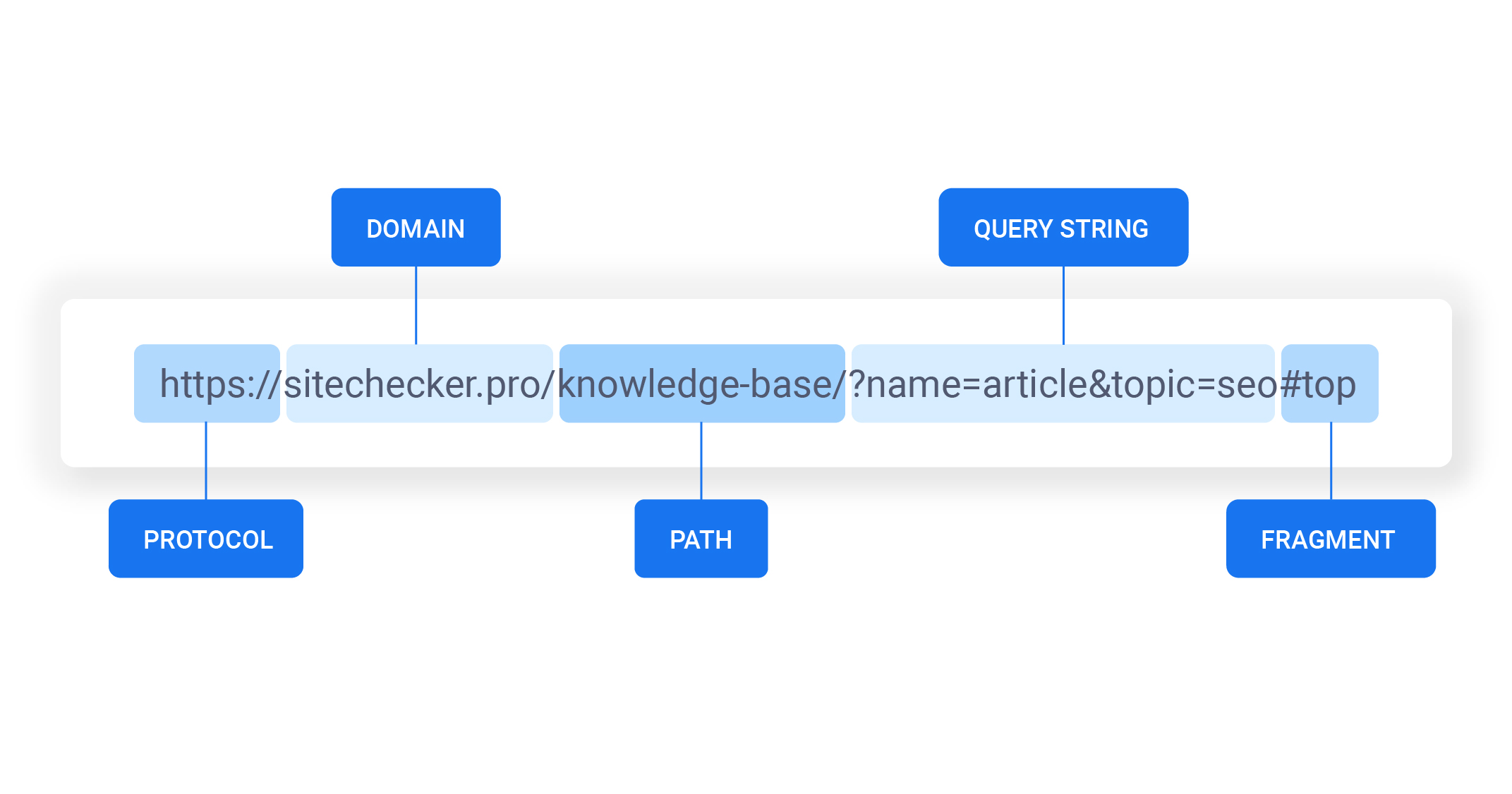
Basically structure of uniform resource locator is connected to its syntax. The most common form of using URL scheme is the http scheme. The HTTP is used to search for documents that reside on web servers:
http://www:80/something/something.html/2.html?query
- HTTP. The first part is the name of the scheme. Then comes a colon and two slashes (//).
- WWW or webreference. The second part is the name of the computer that hosts the document.
- :80. The third part of the URL, which is optional, is the port number. Computers have a certain number of so-called ports. The meaning of the port is that through it there are interactions of a certain kind. One supports HTTP interactions, the other supports sending mail, and so on.
- something/something.html. The fourth part is also optional. This is the path to the document we want to request. The path is a set of characters separated by slashes (/). This is very similar to the paths to folders and files on your regular computer. There is a root folder (directory), inside it, there are other folders, which, in turn, may contain other folders and files.
- ?query. The fifth part is the query string, which is also optional. In fact, the query string is some kind of data intended for a certain program to process it and return the necessary information. The query string consists of a question mark (?) Followed by the transmitted information (it completely depends on which program will process it).
The impact of good URL structure on search engine optimization
A well-structured URL has a significant positive impact on a website’s SEO in various aspects. One such aspect is an improved user experience, as a good URL structure is easy to read and understand for both users and search engines. This clarity helps users know what to expect from a page and allows search engines to index the content more effectively.
Another aspect is keyword relevance. By including relevant keywords in the URL, search engines can better understand the page’s topic, improving the page’s ranking for those keywords.
Additionally, users are more likely to click on links containing keywords related to their search query.
The click-through rate (CTR) is also affected by clear and descriptive URLs, which can increase the CTR from search engine results pages (SERPs). Users tend to click on links that appear trustworthy and accurately represent the content of the page.
Moreover, a well-structured URL can be used to generate . Breadcrumbs provide an additional way for users to navigate a site and help search engines understand the site’s hierarchy.
Short and descriptive links are also more likely to be shared on social media platforms and other websites. This increased link sharing can result in more backlinks, ultimately improving the site’s authority and search engine rankings.
Lastly, having a consistent structure reduces the likelihood of duplicate content issues, making it easier for search engines to determine the canonical version of a page. By focusing on these aspects and crafting well-structured links, website owners can enhance their SEO performance and create a better experience for their users.
Types of URLs
Knowing about different types of URLs is useful for website owners, developers, SEO professionals, digital marketers, web users, and content creators. It helps in designing well-structured SEO-friendly websites, optimizing search engine visibility, navigating the internet safely, and creating user-friendly shareable content.
Here are some different types of URLs:
Canonical URLs: When website owners have duplicate content on their site, they can use canonical URLs to address this issue. They are the preferred version of web pages that the site owner wants search engines to crawl and index. By setting one address as canonical, website owners can signal to search engines which link should be prioritized and considered the “authoritative” version, thus preventing negative SEO consequences of duplicated content. This can be done by adding a “rel=canonical” link element to the HTML head of the duplicate pages, pointing to the preferred version.
Callback URLs: Such are used in situations where users interact with an external system or service (such as when authenticating with a third-party service or completing a payment process). Once the user has completed the necessary steps on the external system, the callback address directs them back to the main website or a specific location on the site. This ensures a seamless user experience and enables the website to receive and process any data returned from the external service.
Vanity URLs: Also known as custom short links, are easy-to-remember web addresses that typically redirect to longer addresses. These are often used for marketing purposes, making it simpler for users to remember and access a specific webpage. Website owners can use URL shortener tools like Bitly, Short.io, or TinyURL to create vanity web addresses. These shorter links can then be shared on social media, in print materials, or in other marketing channels, offering a cleaner and more memorable alternative to lengthy, complex web addresses.
User-Friendly URLs
The main part of the URL-address in the domain name of the website. To choose the proper one and thus to enable the effective site promotion in search systems, use our guide about domain name search before starting a business. Also, you can read Sitechecker step-by-step guide on how to make a website.
The second important part of URL structure is a “path”. Look at 2 pictures below. In the most cases people understand what URL is friendliness immediately.


So, why URL friendliness is important? We guess such URL helps to:
- Understand better what page is about;
- Navigate faster on the website;
- Memorize valuable pages;
- Share link easily.
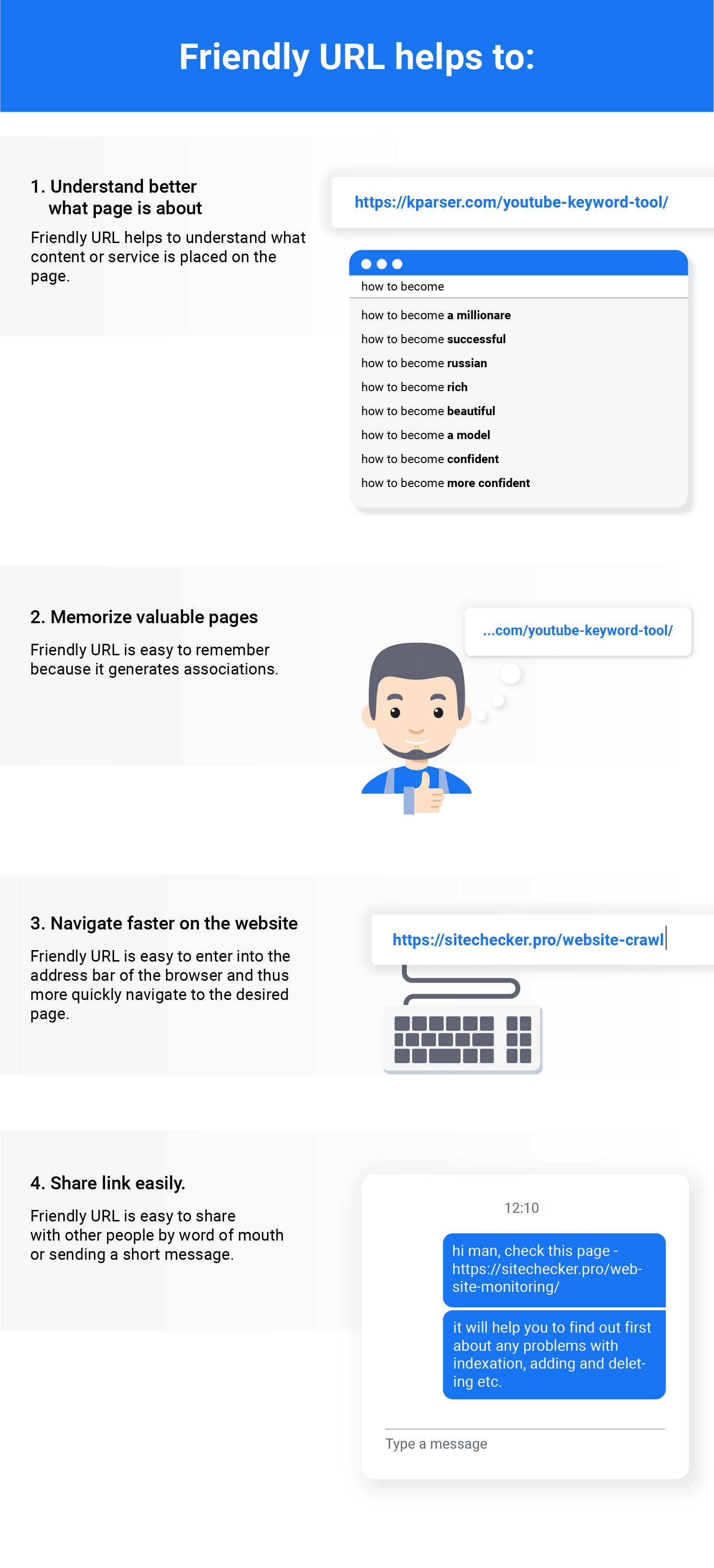
How to Get Information on the URL Address
Some users face problems when they try to determine URL address. The simplest method offering no obstacles is to view and copy the address directly from the location bar. Just select it and copy clicking CTRL+C. Or using the context menu choose “Copy”.
Not only the website resources have URL, but also the images, files, and folders. To get the data as for their URL address, you should click the mouse right button on the image that you are interested in and choose in the context menu the option “Copy URL images”.
If you are willing to learn the URL address of the document, take the same steps as with an image choosing in the context menu the option “Copy the link address”.
Having copied the link, you transport it to the clipboard. Further, you can use it in the new address bar to find the needed document, to send the link having attached it to the message, or to include it to the existed text in your document.
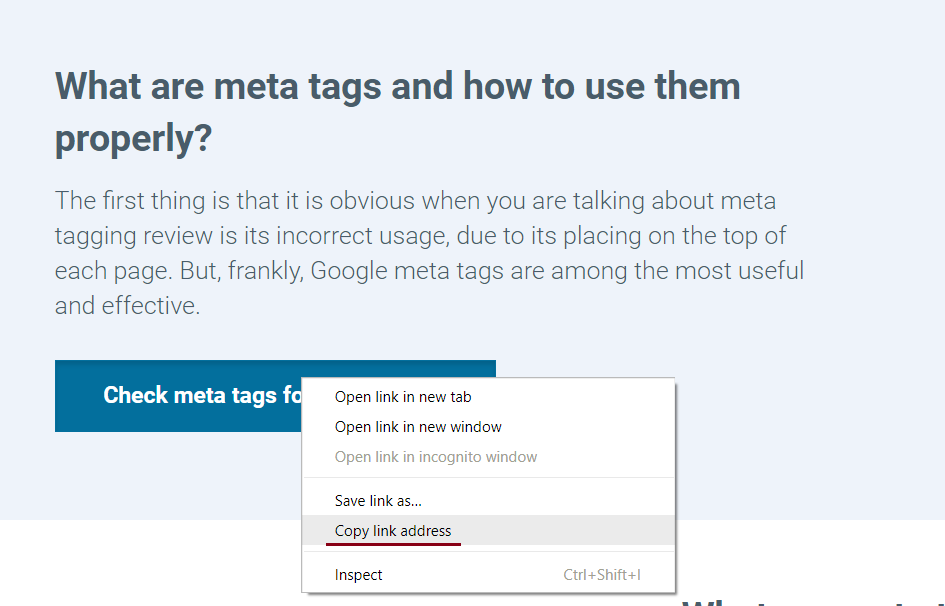
SEO Friendly URLs
That’s not a big secret that all alternative search engines take into account the occurrence of keywords in URLs. The greatest impact is made by entering the address of the domain and subdomains. The smallest effect, but still very significant meaning, makes entering the path to the page and the name of the page file.
According to this, when picking up the URL for your page don’t forget to add focus keywords in SEO slug. But you should not add only the keywords into a uniform resource locator, because it can make a negative effect on your ranking. Instead of this, SEO URL has to be informative and provides some value for users. Don’t make URLs long to put all existing keywords in it.
If you have got a three, four or five words in your URL, that can be perfectly normal. As it gets a little longer, then it starts to look a little worse.
Matt Cutts, Ex-head of Webspam Team at Google
Interview with Google’s Matt Cutts
Don’t forget about URL length that means a lot for SEO. It should not be so long to confuse the user. Always check how many signs you put in it. The limit is 2 083 characters, but user-friendly one consists of 100 characters.
According to Stackoverflow, URLs over 2,000 characters will not work in the most popular web browsers.
Browser Address bar document.location or anchor tag
--------------------------------------------------------
Chrome 32779 >64k
Android 8192 >64k
Firefox >64k >64k
Safari >64k >64k
IE11 2047 5120
Edge 16 2047 10240In addition, search engines can highlight the corresponding URL of the page in SERP, which naturally increases the CTR of the snippet in the search results. But what does it stands for? As practice shows, it is possible to increase traffic and improve behavioral factors.
Consider using punctuation in your URLs. The URL http://www.example.com/green-dress.html is much more useful to us than http://www.example.com/greendress.html. We recommend that you use hyphens (-) instead of underscores (_) in your URLs.
Search Console Help
https://support.google.com
What is the best URL structure for SEO? Here are some advises:
- keep URL simple and short (URLs can also be shortened using an URL Shortener like Rebrandly);
- use hyphens to separate words instead of underscores & dashes, whitespaces, or any other characters to separate words;
- try to avoid uppercase letters and non-ASCII characters;
- fix the issues if HTTP URL contains a password input field or URL contains a form with a GET method
Conduct an SEO audit to identify pages with poorly crafted URLs.
Popular URL Shortening Services
Shortening URLs is useful for social media sharing, easy recall, aesthetic appeal, tracking, email marketing, messaging, and branding. Consider your audience and context before using a shortened address.
https://www.example.com/best-seo-practices-for-urls
to
https://99lh.short.gy/Bb0UThere are several popular shortening services available, each with its unique features and capabilities. Some of the most commonly used shorteners include:
1. Bitly is a widely-used link shortening service that offers analytics, custom domain options, and integration with various marketing tools. It has both free and paid plans, with additional features available for premium users.
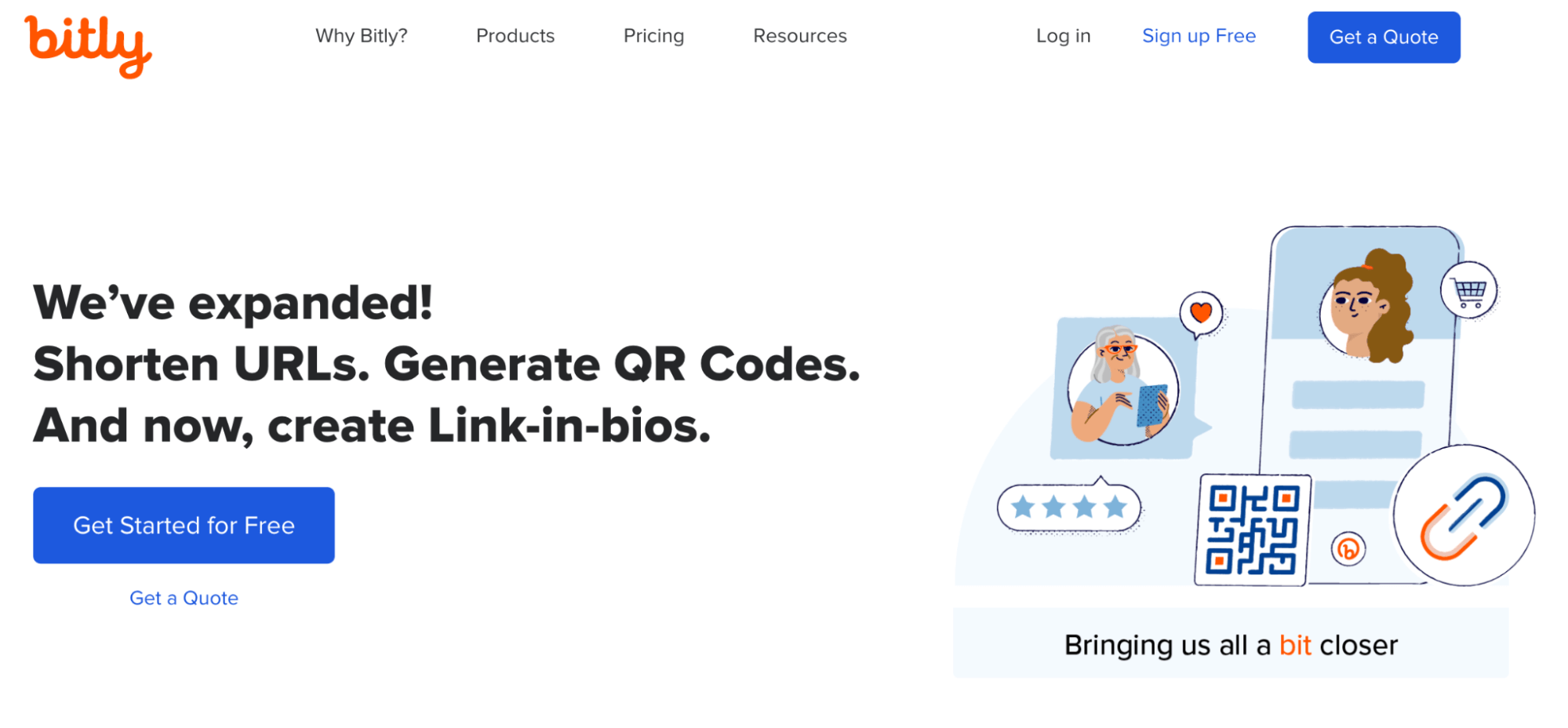
2. TinyURL is a simple, straightforward service that has been around for a long time. It allows users to create short addresses without the need for registration, and it also provides an option to customize the short links.
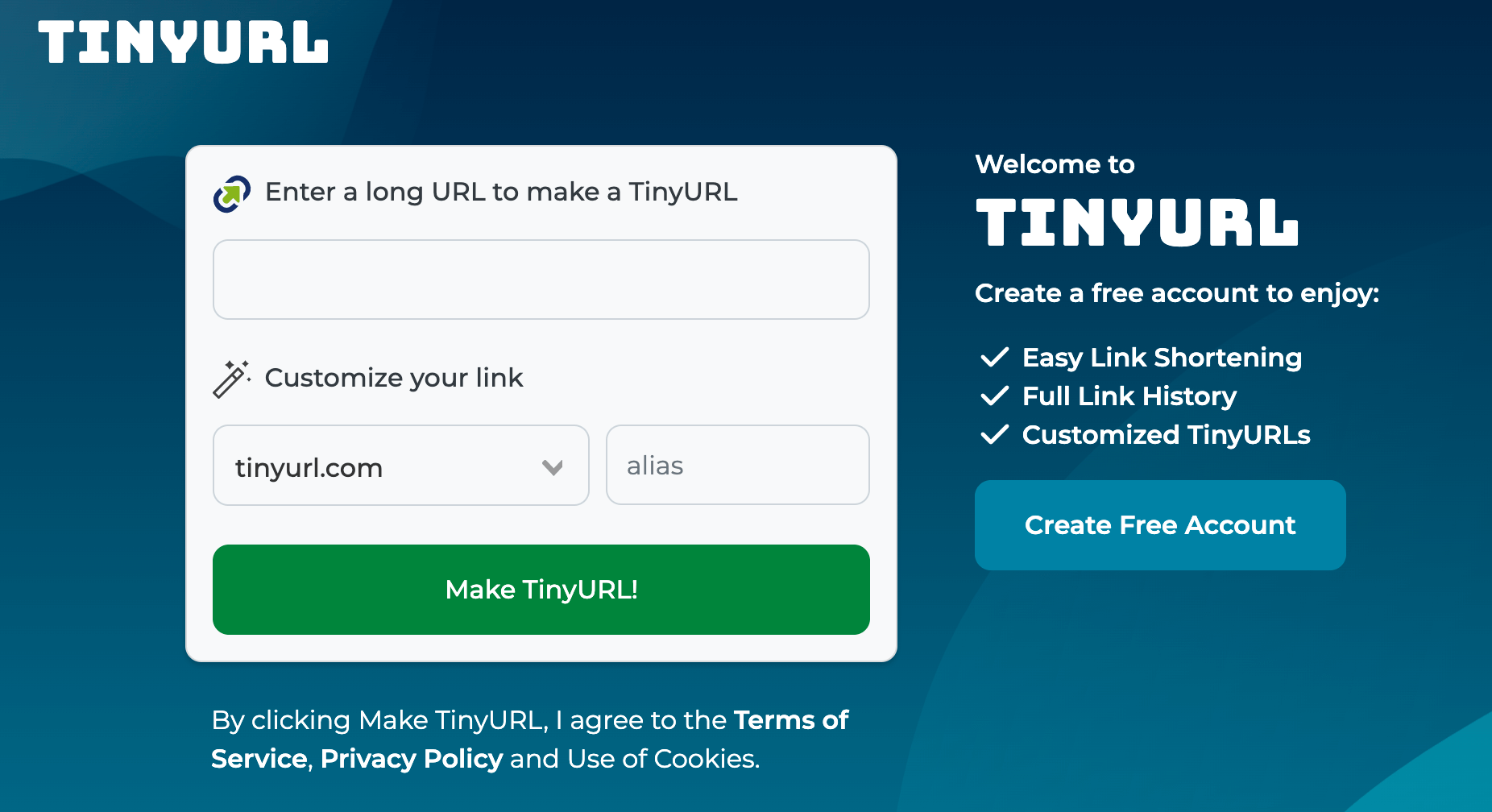
3. Short.io is another shortening service that offers custom domains, link management, and analytics. It has a free plan with basic features and paid plans for more advanced options.
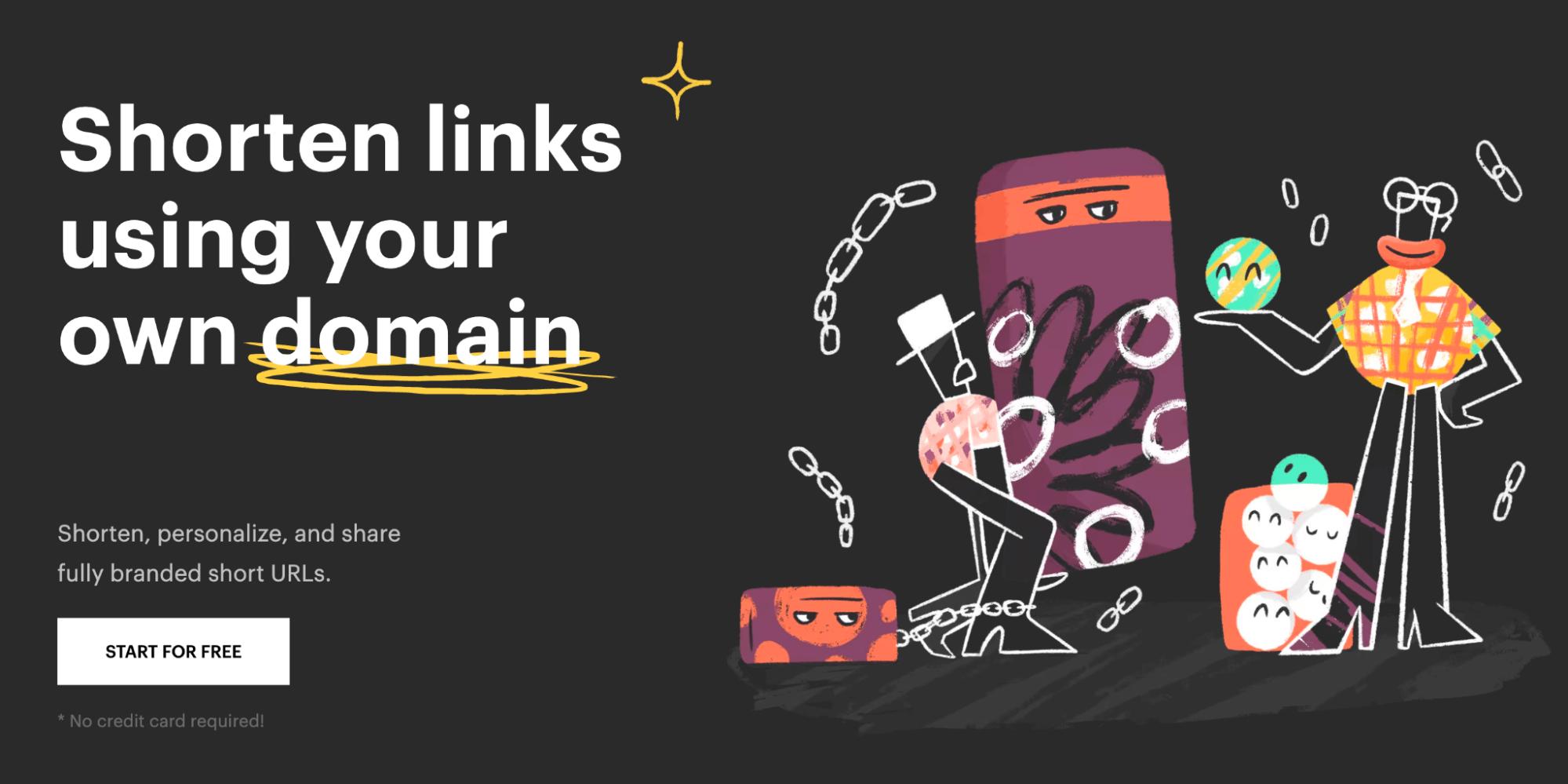
4. Rebrandly is a URL shortener focused on branding and customization. It allows users to create short addresses with custom domains, manage links, and access analytics. Rebrandly offers both free and paid plans.

5. Ow.ly is a URL shortening service provided by Hootsuite, a popular social media management platform. It offers short wed addresses, link tracking, and integration with Hootsuite’s social media management tools. To use Ow.ly, you need to have a Hootsuite account.
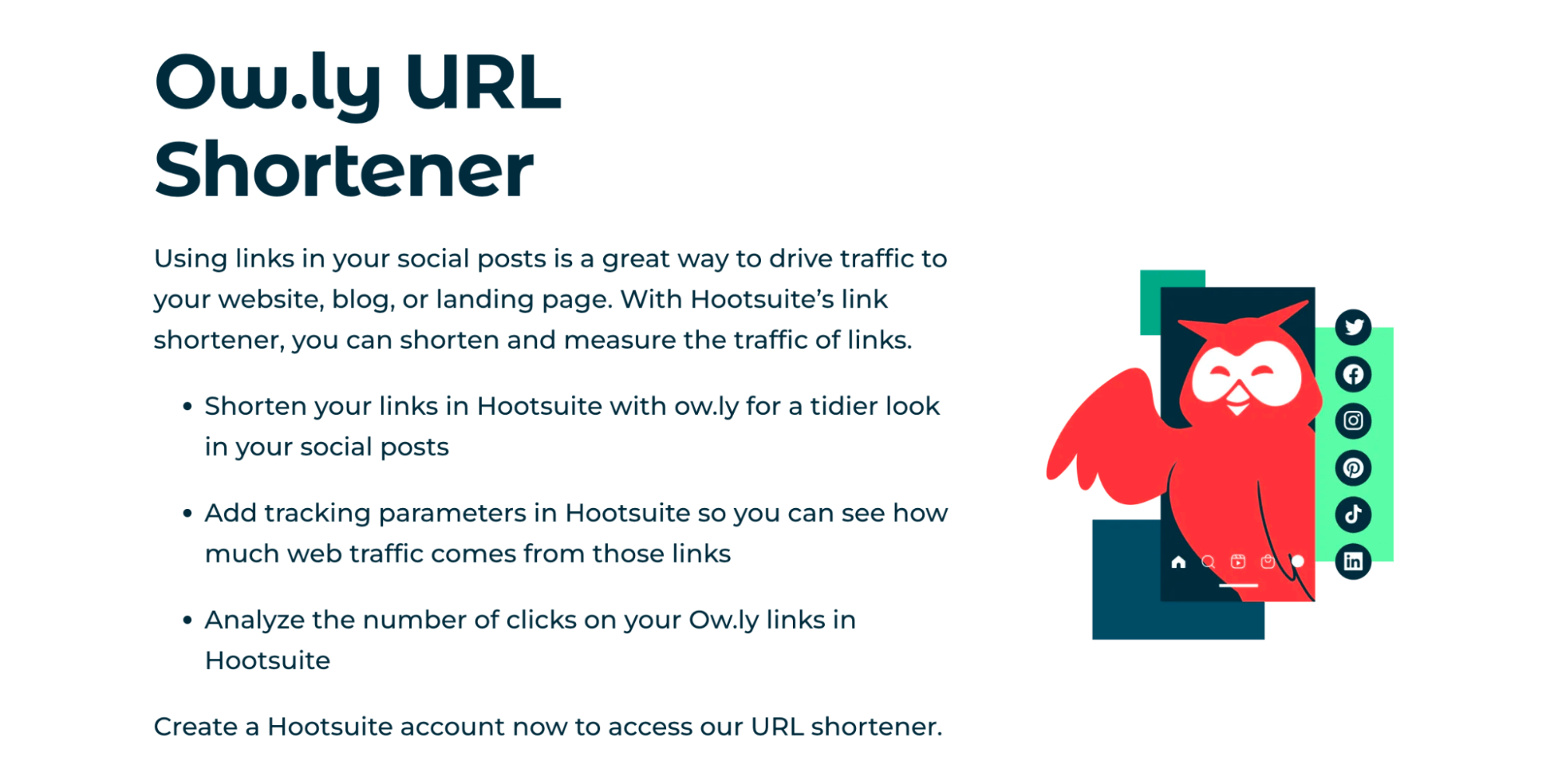
6. T2M is a URL shortening service that provides custom domains, analytics, and unlimited short addresses. It has a free plan with basic features and paid plans for more advanced options.
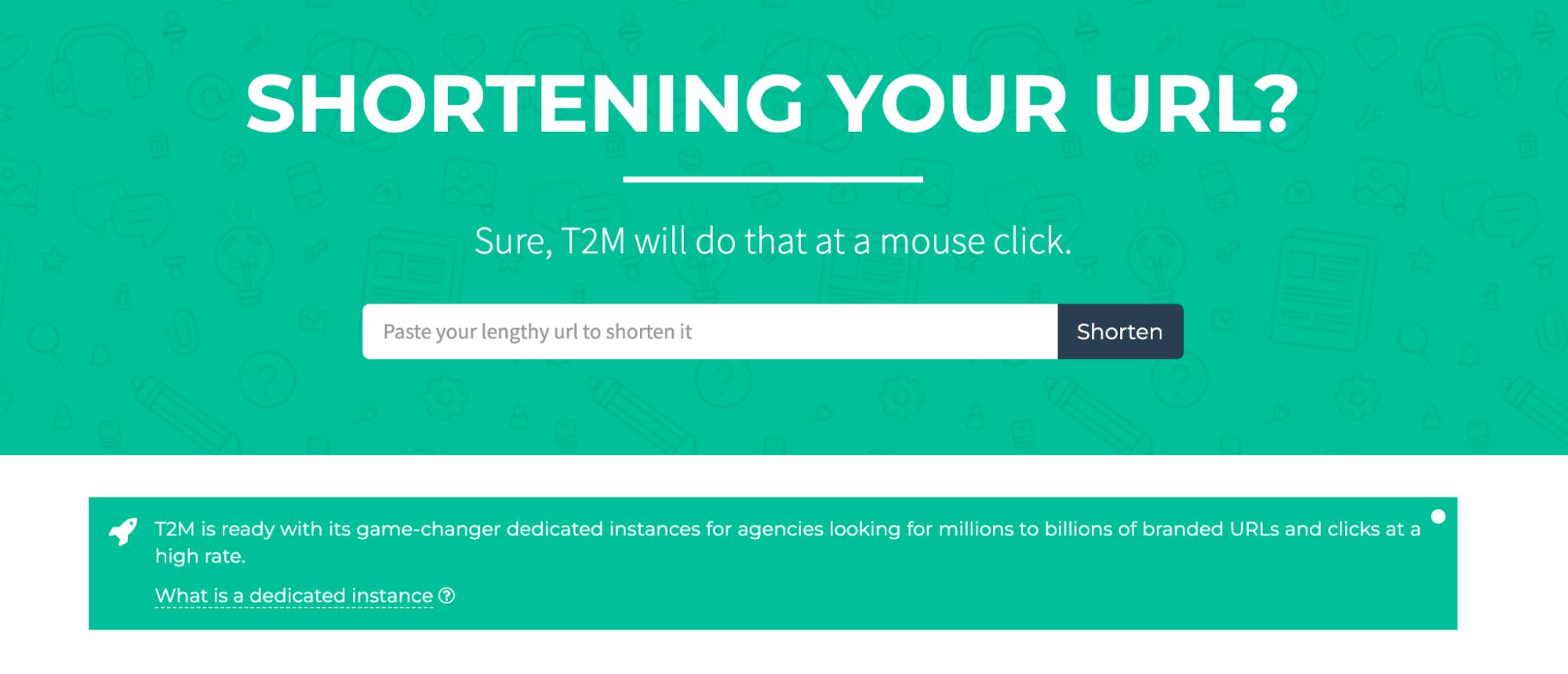
These are just an example of URL link shortening services available. There are many other services out there, each with its unique features and benefits. Choose the one that best fits your needs and requirements.
Common Problems with URLs on Websites
We will discuss common problems with addresses on websites that can negatively impact user experience and SEO. We’ll explore issues such as duplicate content, broken links, inconsistent URL structures, and whitespace in links. By understanding these issues and their solutions, you can create better structures and improve your website’s overall performance.
Some of these issues include:
1. Complex or unreadable URLs
Use simple, human-readable words in your web address that accurately represent the content. Avoid long strings of numbers, special characters, or cryptic codes.
Solution: Create descriptive, easily understandable URLs, like:
https://www.example.com/great-article instead of
https://www.example.com/12345abc_xyz2. Inconsistent URL structures
Maintain a consistent structure across your website to help users navigate and search engines understand the hierarchy of your site’s content.
Solution: Implement a logical, consistent structure, such as
https://www.example.com/category/subcategory/page-title3. Duplicate content
Avoid multiple links with identical or very similar content that can lead to duplicate content issues and negatively impact search engine rankings.
Solution: Use canonical tags to indicate the preferred version of the page and implement 301 redirects if necessary to consolidate duplicate pages.
4. Long URLs
Extremely long addresses can be difficult for users to remember, share, and type.
Solution: Aim for concise, meaningful web addresses that accurately represent the content of the page, such as
https://www.example.com/short-url5. Mixed case or capitalization
Using mixed case or capitalization can cause confusion and may result in duplicate content issues or broken links.
Solution: Stick to lowercase letters to ensure consistency and avoid potential issues.
6. Dynamic URLs with unnecessary parameters
Minimize the use of URL parameters that can make addresses less SEO-friendly and harder for users to understand.
Solution: Use clean, static web addresses whenever possible, and employ the ”rel=canonical” tag for necessary dynamic ones to indicate the preferred version of the page.
7. Whitespace in URLs
Having whitespace characters in URLs can cause issues with how browsers and servers interpret the web address, leading to broken links and improperly displayed web pages.
Solution: Replace whitespace characters with dashes (-) or underscores (_), encode whitespace using percent-encoding (%20), ensure new URLs follow best practices to avoid whitespace, and set up 301 redirects for old ones with whitespace to their corrected versions.
8. Broken links or 404 errors
Broken links leading to non-existent pages can frustrate users and negatively impact search engine rankings.
Solution: Regularly audit your website for broken links, fix them promptly, and implement proper 301 redirects for changed or removed pages.
9. Unsafe or unsecured URLs
Prioritize secure websites by using the “https” protocol instead of “http” to avoid security concerns and potential search engine penalties.
Solution: Obtain an SSL certificate and implement HTTPS across your entire website to ensure a secure browsing experience.
10. Keyword stuffing
Overusing keywords in URLs in an attempt to manipulate search engine rankings can be seen as spammy and may result in penalties.
Solution: Use relevant keywords that accurately describe the content of the page, but avoid overusing them or creating unnatural links.
Manage links from your sites using Sitechecker’s link toolset.
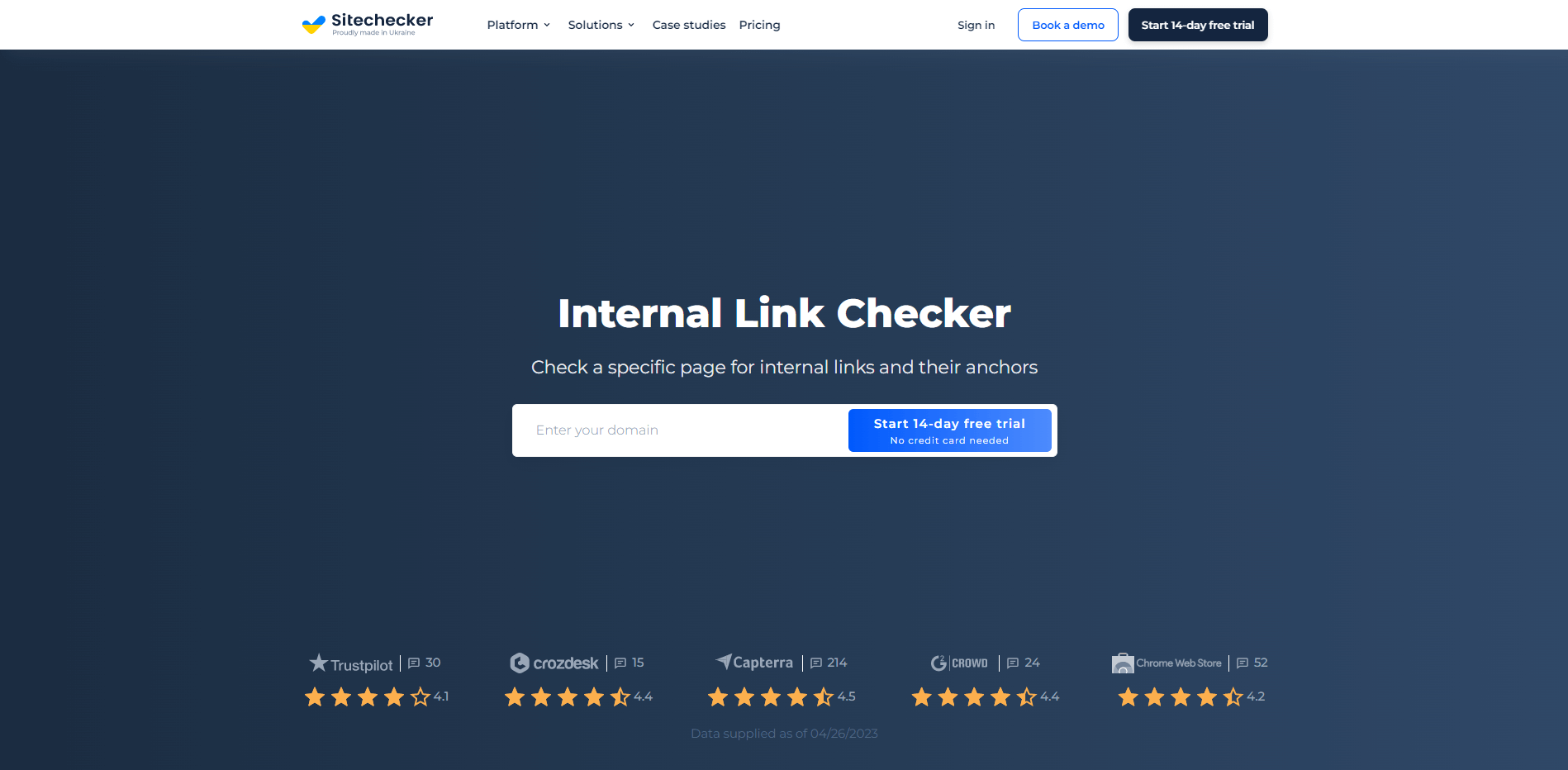
Efficiently manage all your website’s links using Sitechecker’s Internal Link Checker and External Link Checker. These robust tools assist in optimizing your site’s internal link structure and monitor external links, ensuring an improved user experience and enhanced search engine rankings. Streamline your link management process and enhance your SEO efforts with Sitechecker’s comprehensive solutions.
Conclusion
Understanding the concept of URLs and the various components that make them up is essential for creating SEO-friendly links. Well-structured addresses positively impact user experience and search engine optimization. By recognizing different types of URLs, addressing common problems, and using link shortening services, you can enhance your website’s overall performance.
Crafting SEO-friendly web addresses, maintaining consistent URL structures, and avoiding issues like duplicate content, whitespace, and broken links will ensure a better experience for both users and search engines.
How do I get a URL link?
What does a URL look like?
Can a URL be just numbers?
In this example, the domain part of the URL consists of an IP address (123.456.789.101), which is a series of numbers separated by periods. While it's technically possible to use an IP address as a URL, it is generally not user-friendly and could lead to confusion.
